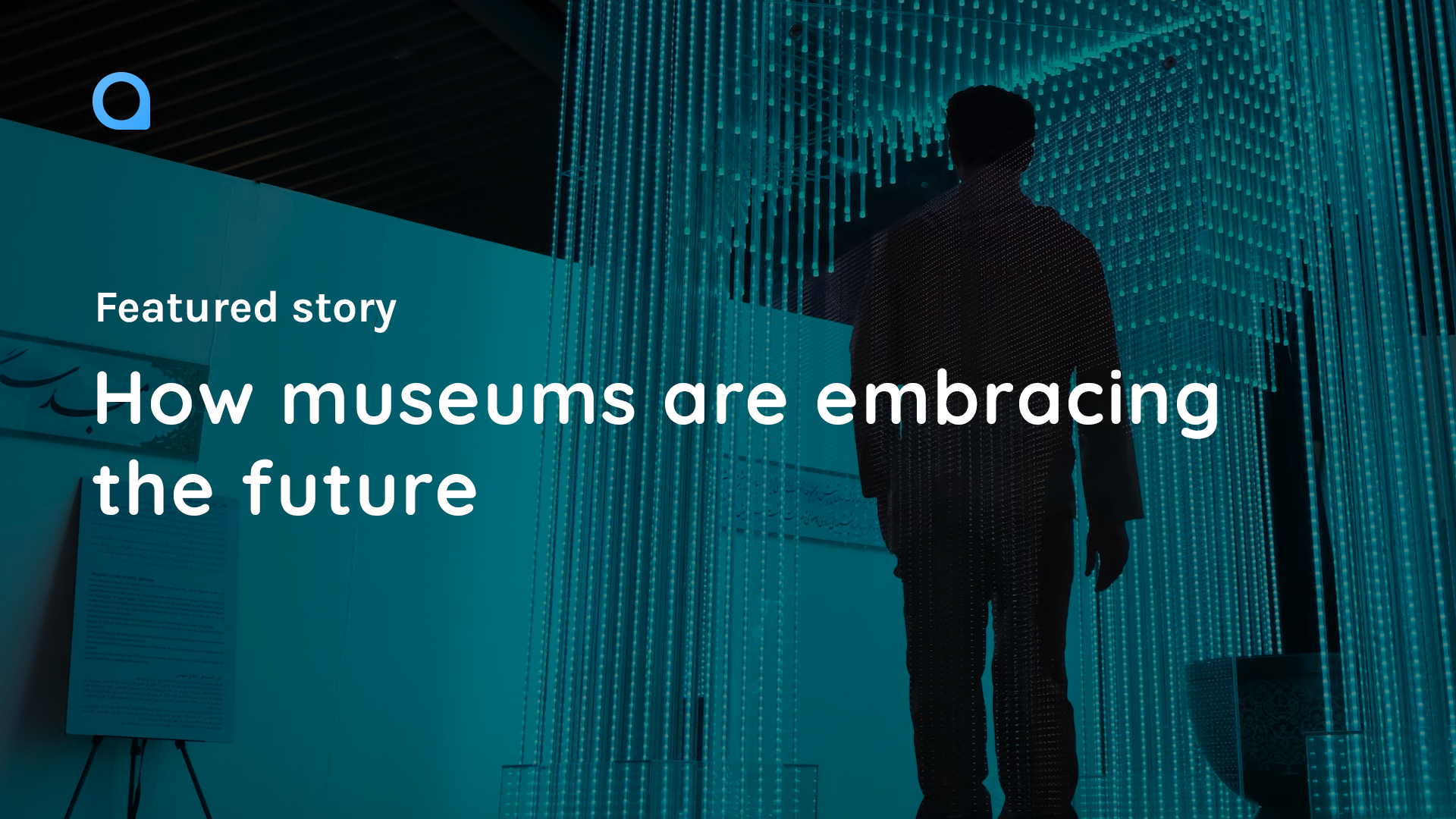Museums play a crucial role in preserving and showcasing our heritage, but they must innovate and adapt to stay relevant in a rapidly changing world. This blog explores several strategies that can help museums embrace the future.
Embracing technology
Museums increasingly use technology to offer virtual and augmented reality experiences, making exhibits more engaging and immersive. Interactive exhibits with touchscreens allow visitors to dive deeper into the information, while digital archives and online collections extend a museum’s reach beyond its physical location. Mobile apps, like Artmatcher Art Tags, are transforming self-guided tours by offering personalized recommendations and making navigation more efficient.
Redefining the visitor experience
To create a more inclusive environment, museums are focusing on accessibility improvements, from physical modifications to incorporating assistive technologies. Gamification and immersive storytelling elements, such as escape rooms and audio-visual experiences, are being employed to captivate audiences and encourage active participation. Collaborations with artists and technologists lead to groundbreaking exhibitions that merge traditional art forms with cutting-edge techniques. Furthermore, hosting unique events and workshops, like art classes or expert-led discussions, cultivates a dynamic atmosphere that appeals to diverse interests.
Expanding community engagement
Museums leverage social media and digital marketing strategies to connect with broader audiences and showcase their offerings. Forming partnerships with local schools and universities fosters a deeper appreciation for art and culture within communities. Participatory exhibitions and crowdsourcing initiatives invite visitors to contribute their ideas and perspectives, fostering a sense of ownership and investment. By reaching out to underrepresented communities, museums can ensure their programming is inclusive and resonates with a wider range of people.
Sustainability and eco-friendly initiatives
As environmental concerns grow, museums adopt sustainable practices and promote eco-friendly initiatives. Green building practices and energy-efficient solutions are being implemented to reduce the environmental impact of museum operations. Sustainable sourcing and waste reduction measures, such as recycling and composting, help minimize resource consumption. By promoting environmental awareness through exhibitions, museums can educate visitors about crucial ecological issues. Conservation and restoration projects preserve cultural heritage while demonstrating responsible stewardship.
Adapting to new revenue streams
Museums are exploring alternative revenue streams to maintain financial stability. Membership programs and loyalty schemes reward frequent visitors and generate consistent revenue. Crowdfunding and corporate sponsorships provide additional funding for specific projects or exhibits. Museums can capitalize on their unique spaces by hosting private events and offering facility rentals, such as weddings or corporate gatherings. Online sales and merchandise, including limited edition prints or exhibition-related products, offer another avenue for income generation.
Conclusion
Innovation remains crucial for museums to adapt and thrive in an ever-evolving landscape. By encouraging collaboration, sharing best practices, and exploring new technologies and strategies, museums can continue to inspire and educate the next generation of museum-goers. With a focus on inclusivity, sustainability, and community engagement, museums can remain vital cultural institutions for years.







